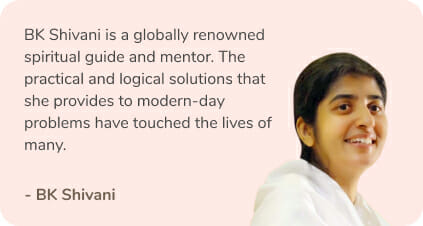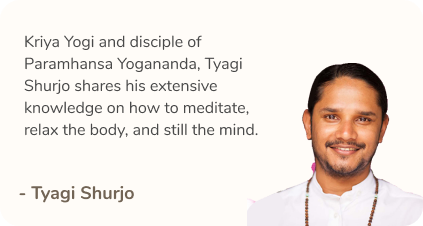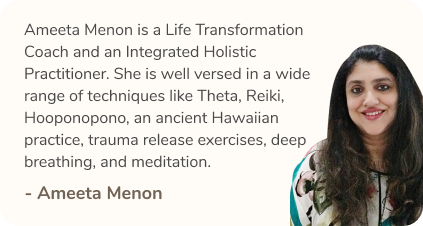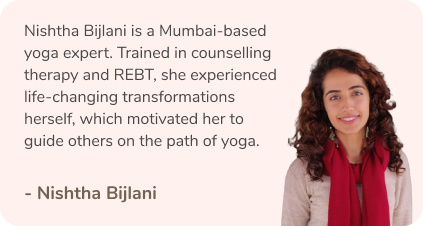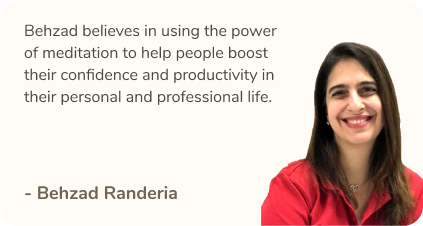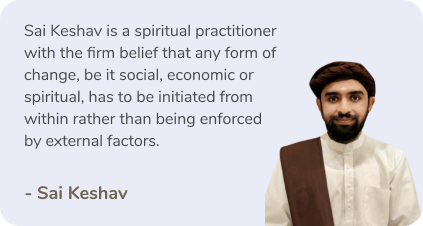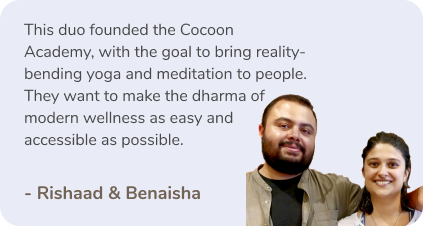As temperatures begin to drop and daylight gets shorter, it’s not uncommon to feel down in the dumps. However, lethargy can often range from mild winter blues to seasonal episodes of depression called seasonal affective disorder (SAD). But the good news is that meditation can help counteract the dampening of your mood.
What Is SAD?
Seasonal affective disorder (SAD) is a type of depression that you experience during particular seasons or times of the year. It’s common to be affected by changing seasons and weather, or to have times of year when you feel uncomfortable. But if your feelings are interfering with your everyday life, it could be a sign that you have depression.

What Causes It?
As it stands, the cause of SAD has not yet been identified, but there are consistent theories linking back to lack of sunlight and vitamin D.
Some researchers also suggest that it could be due to a malfunctioning hypothalamus (the part of the brain that regulates biological processes such as mood, sleep, and appetite) or producing too much melatonin (a hormone responsible for controlling our sleep-wake cycle, which is produced by the brain’s pineal gland). Some researchers suggest that it could also be due to having a disrupted circadian rhythm — the natural, internal process that regulates our sleep-wake cycle.
Symptoms of SAD
In most cases, seasonal affective disorder symptoms appear during late fall or early winter and go away during the sunnier days of spring and summer. Less commonly, people with the opposite pattern have symptoms that begin in spring or summer. In either case, symptoms may start out mild and become more severe as the season progresses.
Although symptoms can differ from person to person, they typically include low mood, loss of interest or pleasure in things you previously enjoyed, change in appetite (usually overeating), change in sleep cycle (typically oversleeping), feeling worthless.
How Can You Cope With It Through Mindfulness Meditation?
There is scientific evidence that meditation is helpful in the management of SAD. One of the theories is that the main cause of winter blues is the disturbance of the pineal gland. Mindfulness meditation stimulates the function of the pineal gland, creating more melatonin and increasing serotonin levels. To practice mindful meditation, find a quiet spot at your home, sit comfortably, and focus on your breath as you inhale and exhale. When you notice your thoughts wandering off from your breath, don’t chastise yourself—it’s totally normal. Simply acknowledge it and bring your focus back to the center, back to your breaths. If you’re just beginning, it can help to choose a short time, such as five or ten minutes.
Other Types Of Meditation That Can Help
When it comes to meditation, there isn’t a one-size-fits-all practice. There are literally hundreds of meditation techniques that can benefit people around the world. Here are some that can help you cope with SAD.
These positive affirmations can be the first step towards healing yourself.
Vipassana
Vipassana or insight is a meditation form in which we label mental phenomena like thoughts and feelings. In this state, the mind is brought to rest, focused only on one item, and not allowed to wander. The reason to use this meditation for SAD is that it makes us less reactive to negative thoughts and feelings.
Walking Meditation
Walking is good for both physical and mental health. But walking meditation or walking mindfully helps boost the mind-body connection (which can be low in winter when we are less active). Plus, it gives us an opportunity to meditate outside, so we get some sunlight, serotonin, and Vitamin D.
Yoga And Sunshine

According to Ayurveda, yoga should be practiced in the sunshine during the winter months. Studies have found that Kundalini yoga in particular–which incorporates chanting, includes specific techniques to manage fear, banish anger, and replace negative thoughts with positive ones. For this, find the sunniest place in your home and make sure that your skin is bare so that you can absorb the light. Practice your savasana or resting pose near your sunniest window with the least amount of clothes you are comfortable with.
Transcendental Meditation
In this method of meditation, instead of using the breath to anchor the attention, the meditator is required to use sound or a personal mantra, often one or two syllables as the anchor. Those who practice transcendental meditation may experience a decrease in stress and anxiety within minutes.
Bottom Line
While there are a lot of things that you can do to manage symptoms of SAD throughout the winter months, it’s important to consult your general physician about symptoms and feelings — especially if they don’t improve, or if the condition becomes difficult to manage. Also keep in mind that adopting a meditation practice doesn’t mean you abandon medications and other treatments for depression that you may already be using.
About the author:
Suhasini Jha is a Mumbai-based ex-journalist who has previously worked with Firstpost and Moneycontrol.
Read More: 14 Questions To Ask Your Kid About Their Mental Health
Like & Follow ThinkRight.me on Facebook, Instagram, Twitter, Pinterest and Telegram to stay connected.


